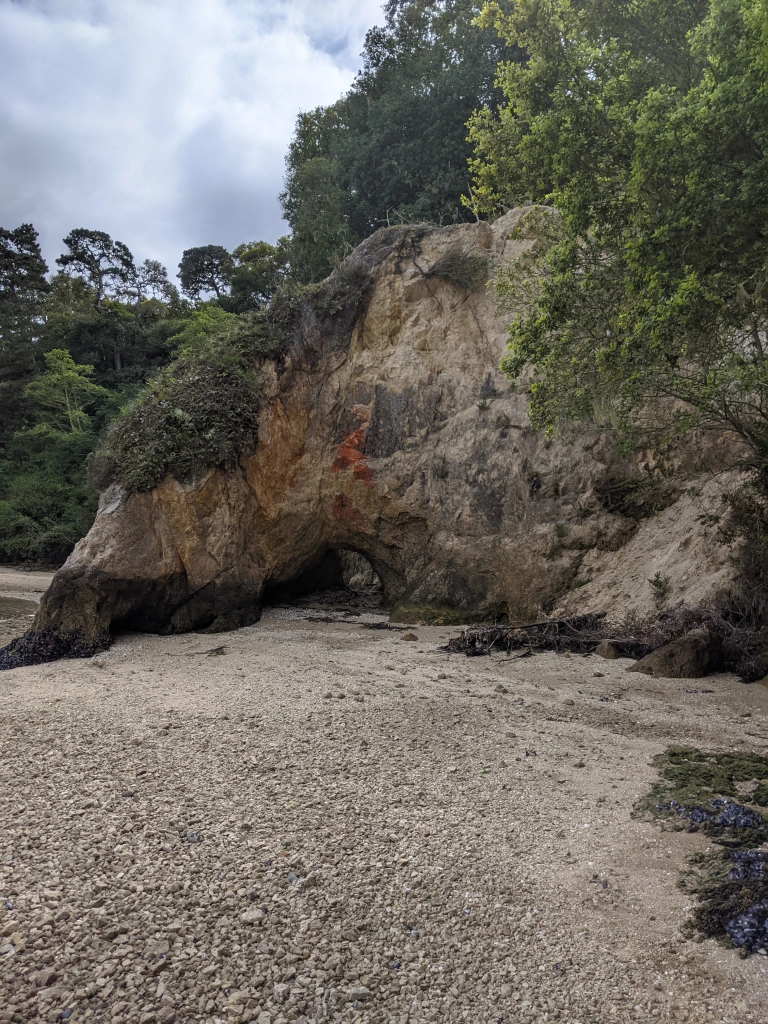
I have a confession: in college, I was an environmental science minor, but I’ve never really used the environmental knowledge I gained from those courses, nor have I lived a particularly eco-friendly lifestyle. What drew me to environmental science courses was not just the plight of our planet, which I do care about despite not having the most climate-friendly habits, but the narratives embedded in our discussions of the environment- the apocalyptic scenarios, the stories of how places change over time, how ecosystems evolve and adapt. In my literary studies, I was drawn to ecocriticism, which examines the portrayal of the natural world in literature.
Eventually, I became cynical of these analyses. How would reading or writing environmental narratives change anything? I wondered. Maybe some blockbusters like The Day After Tomorrow or WALL-E, could influence the public opinion on climate change and the environment, but what would writing an essay here, or a short story there really do?
However, I remained drawn to these narratives not because they claim to create any sort of social or ecological change, but because they still fascinate me. I realized it doesn’t have to be an either/or proposition. You can care about the environment and advocate for political change while also reading apocalyptic narratives or poems about the ephemeral beauty of spring. Just reading stories or poems is not enough, of course, but stories can serve as reminders of what matters to us, warning what the future may hold, and keeping us grounded in our values.
So here are 5 lit mags I’ve read recently that have an environmental focus. Some spotlight climate fiction (speculative stories about climate change) while others celebrate the Earth as it is in the present and urge us to preserve it.
Little Blue Marble is an online literary journal that publishes articles, fiction, and poetry focused on the issue of climate change, especially speculative fiction. . One recent story from their site that stood out to me was, “Exiled Together: The Faces of Contemporary New York” by Marcus M. Tyler, which is told in journalistic style quotes by people from the future. I also enjoyed the poem, “A Child Gambles in Petroleum Country” by Deb O’Rourke which portrays the earth as blue marble gambled away in a game. The site include several resources about climate change, and they also pay their contributors. In their submission guidelines, they specify that they are looking for optimistic climate stories. They accept fiction stories up to 2000 words and reprints of up to 5000 words.
Split Rock Review publishes writing focused on place and the environment, including nonfiction, fiction, and poetry. Many poems in their latest issue grapple with crises that have been all too visible in this past year: the pandemic and wildfires. Some notable poems included, “Dendrochronology” by Heidi Seaborn, which reminded me that despite all the insanity of this past year, trees have continued to grow and time has continued to pass despite it all. There is a poem about the infamous cicadas by Cathy Barber. Malaika King Albrecht wrote a fitting tribute to Wallace Stevens adapted for the age of COVID-19 with the poem, “Ways of Looking at a Mask.” And finally, I found the poem “Patriotism” by Joshua McKinney to be particularly moving. Split Rock Review will be open for submissions starting July 1. See their submission page for more specific guidelines for each genre.
Ecotone Magazine is run by graduate students at the University of North Carolina Wilmington and publishes place-based writing. They accept both poetry and prose, and will next open to submissions to the general public in September. They will also have an open submission period for BIPOC writers in August. In their latest issue, Garden, Aimee Nezhukumatathil has a piece about cultivating a garden and a life in Oxford, Mississippi. Cathy Ulrich describes the disorientation of an astronaut returning to her loved ones on earth in the story, “A Lovelier World.” I also enjoyed the poem, “Ditch” by Anne Liu, which reminded me that place-based writing doesn’t have to only show beautiful places, it can also reveal the sublime in what may seem mundane and ugly.
Terrain.org bills itself as the first place-based online journal. It offers a plethora of work that engages with place and the environment, including poetry, fiction, and nonfiction, as well as reviews, interviews, and art. I discovered Terrain.org because my former professor, Pam Houston, is the fiction editor for the site. I was drawn to a recent story on Terrain.org called, “Results” by Maggie Pathos because it didn’t at first strike me as a story that was about place, since it discusses a young couple’s relationship and how it is affected by the 2016 election, but once I read through it could see its connection to the environment. The nonfiction piece “Space Mountain” by Eric Aldrich was a fascinating glimpse into a conversation between the speaker and his hiking companion that leads to a rabbit hole of real and imagined injustices and conspiracies told partially through embedded footnotes. The poem, “Red Flag Warning” by Pepper Trail resonated with me, as it seems like wildfire season has already started again in the West. Terrain.org is currently open for contest submissions, and will open to regular submissions in September.
Sinking City Review is published by MFA students at the University of Miami and seeks writing focused on environmental disruption. Quick disclaimer: I have a story published in their most recent issue, so I may be biased when I say they publish phenomenal work. One reason I submitted to them in the first place is that they accept both realist and speculative fiction with an environmental lens. Alongside my short story, “The Firemonger,” which takes place in a dystopian future ravaged by wildfires, there is a short story about a couple keeping a live gnome, “The Gnome” by M. Shaw, and another short story about a teacher who struggles harassment at work, “Fair Game” by Brian McVety. There’s also an interesting meditation on compost in the nonfiction piece, “The Compost Manifesto” by Dot Armstrong, and an eerie poem called, “Ghost Nets” by Danielle Zipkin. They do not currently have an open call for submissions, but since it is published twice a year, submissions probably will open again in the fall.
If you enjoyed this blog post, please follow my blog on WordPress or on Twitter @BloomLit.





